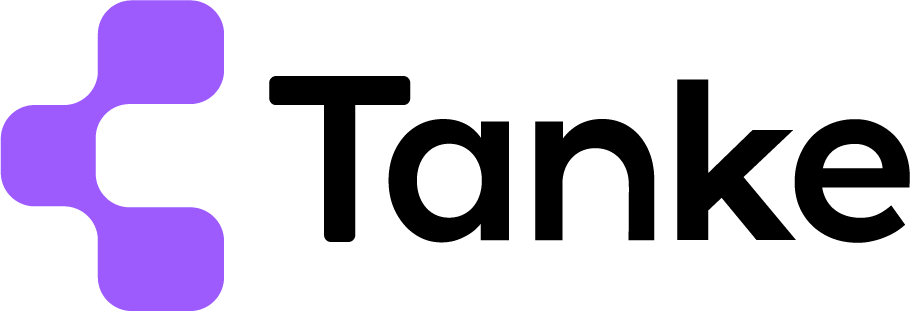Mask activated carbon
- Home
- »
- Activated Carbon Application
- »
- Personal Protection Activated Carbon
- »
- Mask activated carbon
Industry Challenges for Activated Carbon in Supercapacitors
Technical Performance Constraints
- Adsorption Saturation: Activated carbon loses effectiveness when saturated, requiring frequent replacement to maintain gas/odor protection.
- Material Integration Issues: Binding resins reduce adsorption capacity when carbon is fixed to fabrics.
- Breathing Resistance: Added carbon layers increase airflow resistance, affecting wearer comfort.
Product Misalignment
- Counterfeit Materials: Fake "carbon masks" use dyed fabrics instead of functional activated carbon.
- Layer Misplacement: Improper positioning reduces effectiveness and risks particle inhalation.
- Consumer Misunderstanding: Users incorrectly assume carbon masks protect against particulates like viruses.
Health and Regulatory Gaps
- Extended Wear Concerns: Potential respiratory strain and skin irritation during prolonged use.
- Inconsistent Standards: Lack of unified regulations for carbon content, placement, and performance testing.
- Functionality Trade-offs: Odor reduction prioritized over core filtration needs in non-gas environments.
related types of activated carbon
-r8fslg51nt6wgjtvh6yldxb1gtkgm3lpe0oq1akgog.webp)
- Iodine Value: 600-1200
- Mesh Size: 1×4/4×8/8×16/8×30/12×40/20×40/20×50/30×60/40×70 (More size on request)
- Apparent Density: 400-700
-r8fsli0q1h9h3rr567ruiwtynlb71ht629zozuhoc0.webp)
- Iodine Value: 500-1300
- Mesh Size:0.9-1mm/1.5-2mm/3-4mm/6mm/8mm(More size on request)
- Apparent Density: 450-600
-r8fslbfupn0gui0p8mxgjghqhw7mjm31pdfamwrfjk.webp)
- Iodine Value: 500-1300
- Mesh Size: 150/200/300/350 (More size on request)
- Apparent Density: 450 – 550
-r8fsle9da54btbwls65c8xs4a1tq6pe8prdr2qn90w.webp)
- Iodine Value: 400-800
- Mesh Size: 100×100×100mm/100×100×50mm (Custom cell density on request)
- Apparent Density: 350-450
- Bore Diameter:1.5-8mm

- Iodine Value: 700-1200 mg/g
- Surface Area: 700-1200 m²/g
- Apparent Density: 320-550 kg/m³

- Iodine Value: 700-1200 mg/g
- Surface Area: 700-1200 m²/g
- Apparent Density: 320-550 kg/m³

- Iodine Value: 700-1200 mg/g
- Surface Area: 700-1200 m²/g
- Apparent Density: 300-650 kg/m³
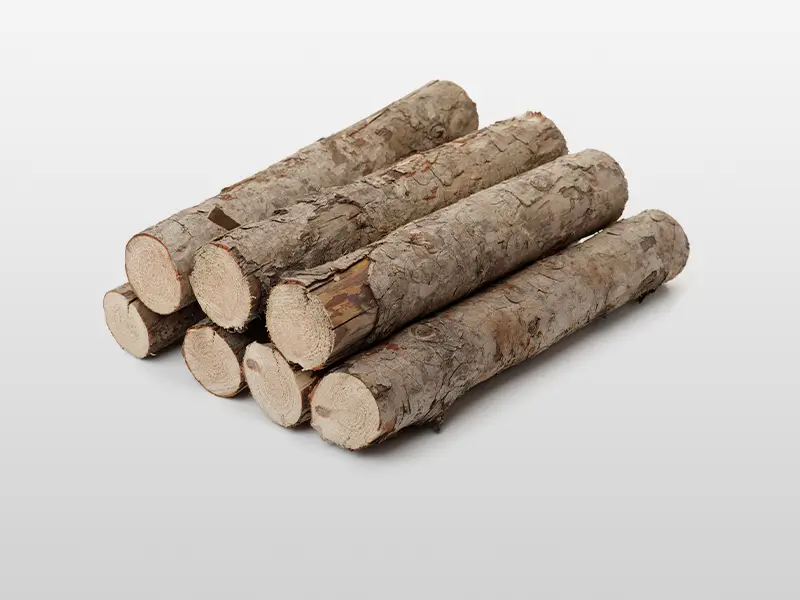
- Iodine Value: 700-1200 mg/g
- Surface Area: 700-1200 m²/g
- Apparent Density: 320-550 kg/m³

- Activation Method: Steam/gas activation at high temperatures
- Pore Structure: Microporous-dominated, uniform pore distribution
- Environmental Profile: Chemical-free, low ash content
- Primary Applications: Gas-phase adsorption, drinking water purification

- Activation Method: Chemical activation (e.g., H₃PO₄/ZnCl₂) at moderate temperatures
- Pore Structure: Mesoporous-rich, higher surface area
- Process Efficiency: Shorter activation time, 30-50% higher yield
- Post-Treatment: Acid-washing required to remove residues

- Functionalization: Loaded with active agents (e.g., I₂/Ag/KOH)
- Targeted Adsorption: Enhanced capture of specific pollutants (e.g., Hg⁰/H₂S/acid gases)
- Customization: Chemically optimized for target contaminants
- Core Applications: Industrial gas treatment, CBRN protection
Why Use Our Activated Carbon

Superior adsorption efficiency:
Superior adsorption efficiency features an optimized pore structure maximizing capture of gases, VOCs, and odors throughout product lifespan.
Health-first formulation:
Health-first formulation guarantees medical-grade purity with hypoallergenic properties and zero particle release during inhalation.

Technical Support:
Performance consistency delivers reliable protection through rigorous third-party testing of adsorption capacity.

Long-lasting effectiveness:
Long-lasting effectiveness maintains high pollutant capture rates without rapid saturation during recommended use.

Application versatility:
Application versatility performs effectively across industrial, healthcare, and daily environments targeting diverse contaminants.
Process and Technolog
1. Industrial Chemical Exposure Protection
Solution Overview
Activated carbon masks protect workers in chemical manufacturing, painting, and pesticide handling by adsorbing hazardous gases while filtering particulate matter.
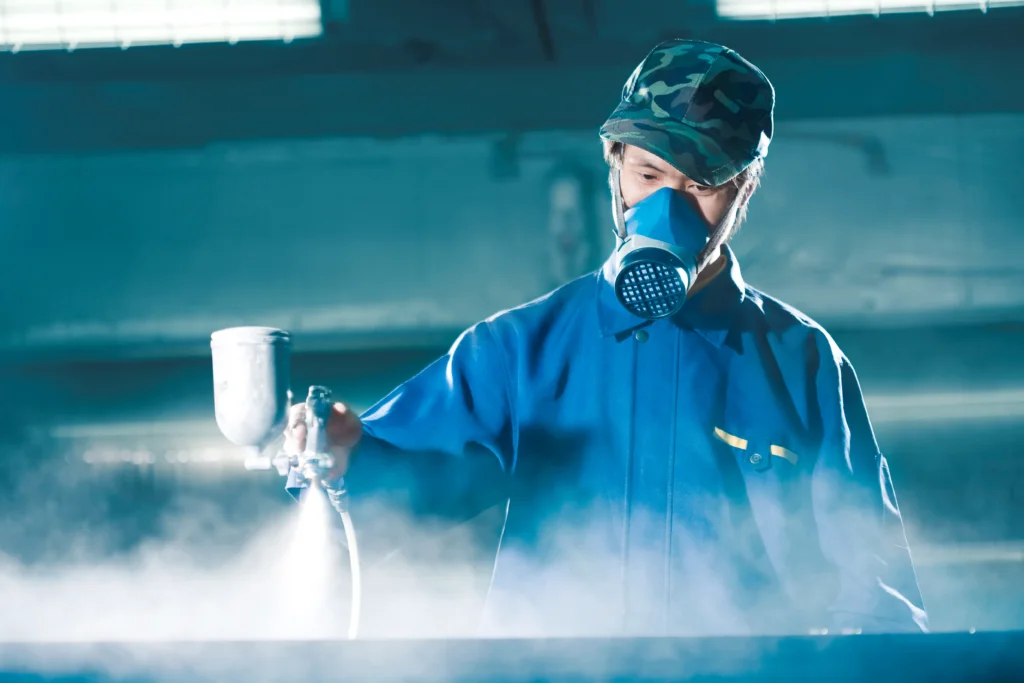
Key Advantages
- Adsorbs toxic gases: Traps organic solvents, acidic fumes, and chemical vapors through porous structure.
- Dual protection: Combines electrostatic filtration for particles with carbon adsorption for gases.
- Reduced respiratory irritation: Lowers exposure to irritant gases.
- Enhanced durability: Reusable designs withstand high-pollution industrial environments.
2. Daily Life & Environmental Odor Management
Solution Overview
These masks target urban air pollutants and household hazards by adsorbing volatile organic compounds and neutralizing odors.

Key Advantages
- Odor neutralization: Eliminates unpleasant smells from traffic, cooking, or renovation.
- Multi-pollutant defense: Adsorbs VOCs while filtering coarse dust and pollen.
- Comfort-focused design: Lightweight structures with adjustable nose clips.
- Reusable options: Replaceable carbon inserts for transient pollution exposure.
3. Healthcare & Laboratory Safety
Solution Overview
Activated carbon layers supplement particulate filtration in medical settings to adsorb chemical vapors and reduce odors.
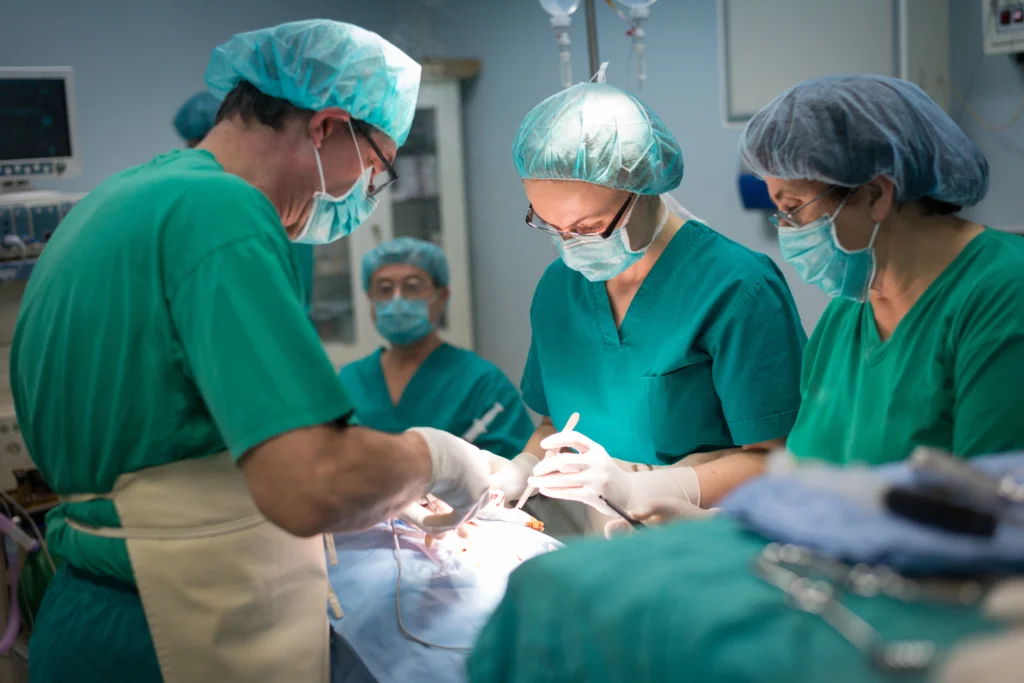
Key Advantages
- Chemical vapor adsorption: Shields against pharmaceutical chemicals or disinfectants.
- Infection risk mitigation: Combines antibacterial filtration with gas adsorption.
- Enhanced wearer compliance: Lower breathing resistance facilitates prolonged use.
4. Specialized Occupational Use
Solution Overview
Used in printing, farming, and metalworking to capture industry-specific pollutants via targeted carbon formulations.
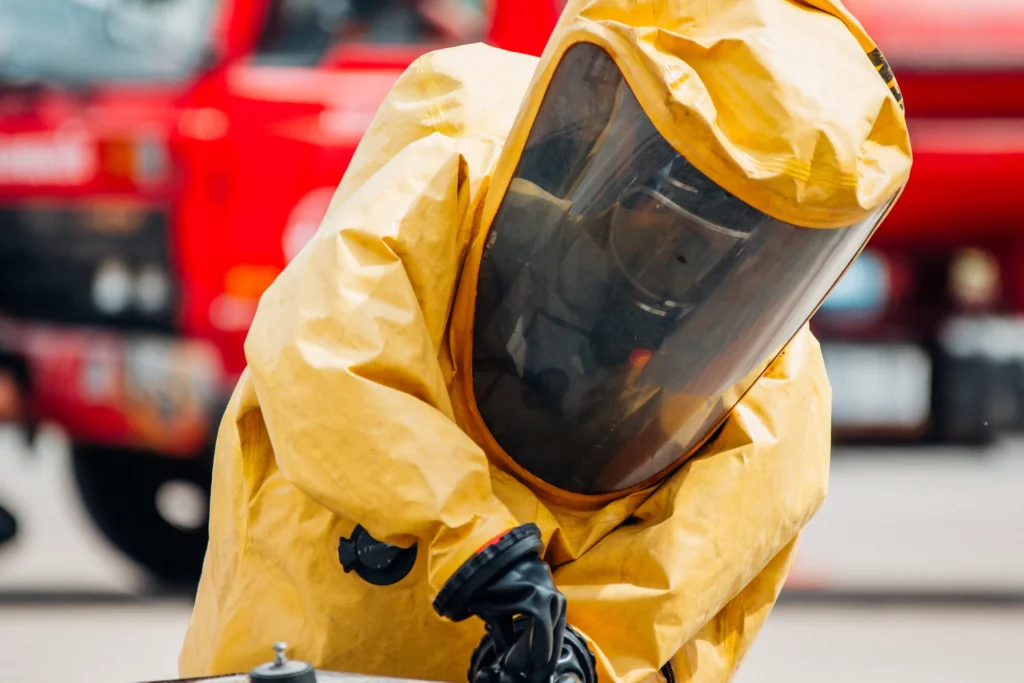
Key Advantages
- Task-specific adsorption: Custom carbon blends target distinct contaminants.
- Combined particle-gas filtration: Intercepts fine dust and toxic metal fumes simultaneously.
- Ergonomic adaptability: Ensures seal integrity in dynamic work environments.
